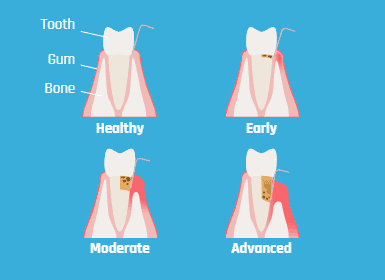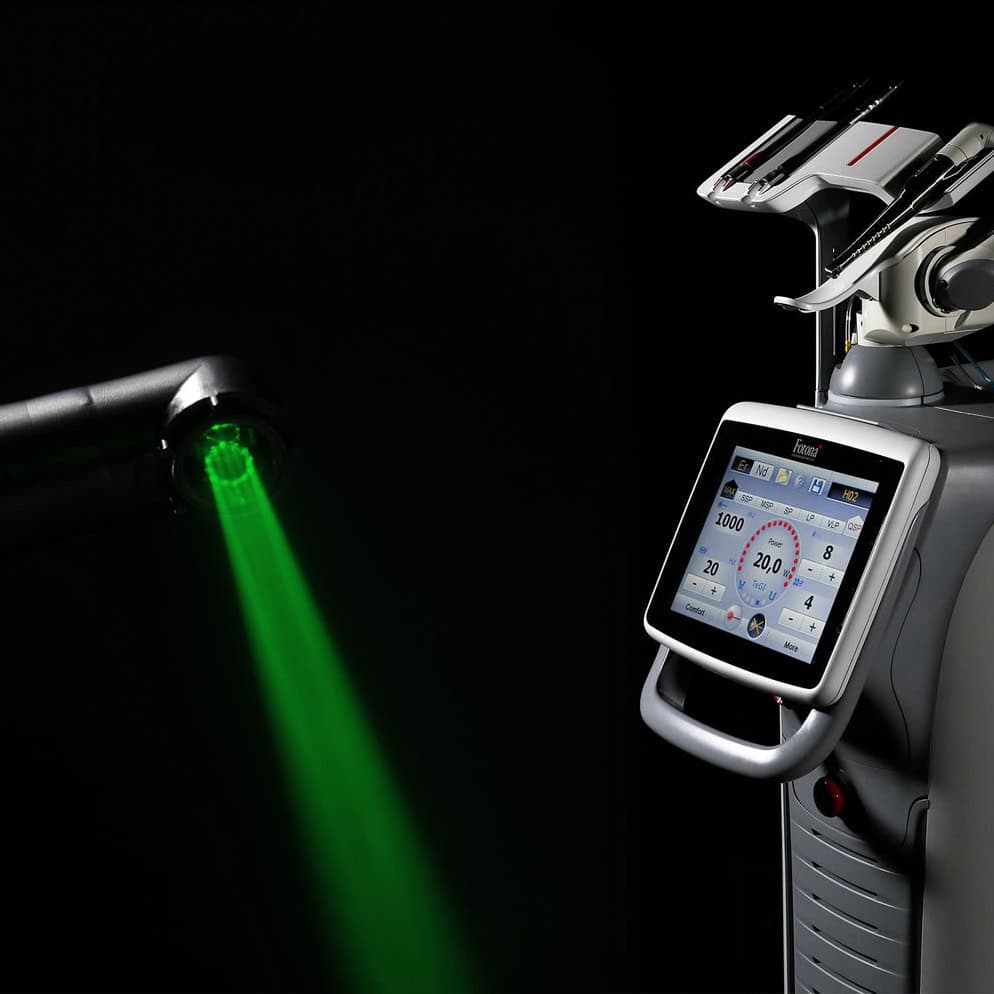
According to the American Academy of Periodontology, gum disease, also known as periodontal disease, impacts 47.2% of Americans. It involves inflammation and gradual breakdown of the support structure around teeth. Without treatment, it causes gums and bone to recede from teeth, forming pockets prone to infection and eventually resulting in tooth loss. Since it typically progresses slowly over time, early symptoms of gum disease often escape detection. For residents of Bixby, OK, early diagnosis and treatment are crucial to prevent severe consequences.
A comprehensive exam to diagnose gum disease includes a thorough assessment of the foundation around the teeth and the overall health of the mouth. We begin with a review of the patient’s medical history to identify any connections between systemic and oral health. The exam starts with a cancer screening and observations of the patient’s bite, joints, teeth, and smile. A thorough assessment of the foundation is achieved through measurements around the gumline of each tooth, measuring the space, or pocket, that exists between the tooth and the gum tissue. This space is a great indicator of the presence and severity of gum disease.
Treatment is based on the severity and the factors that contribute to the disease. Three basic but critical steps can be taken in most patients in order to control and manage gum disease:
Removing the plaque and bacteria that sit inside of the periodontal pocket is usually the first step. How this is achieved is dependent on the severity or stage of the disease.
This step is where the patient owns their disease. A daily oral hygiene routine can be customized for each patient that includes adequate brushing, flossing or use of other home care techniques.
Periodontal maintenance appointments, lasting about an hour, should occur every three to four months. These appointments help patients remove plaque from hard-to-reach areas and reassess periodontal status, as the disease can continue to affect the gums.

A comprehensive exam to diagnose gum disease includes a thorough assessment of the foundation around the teeth and the overall health of the mouth. We begin with a review of the patient’s medical history to identify any connections between systemic and oral health. The exam starts with a cancer screening and observations of the patient’s bite, joints, teeth, and smile. A thorough assessment of the foundation is achieved through measurements around the gumline of each tooth, measuring the space, or pocket, that exists between the tooth and the gum tissue. This space is a great indicator of the presence and severity of gum disease.
Sticky film made of bacteria and food particles that builds up around the teeth daily is known as dental plaque. If this is not removed regularly with thorough brushing, flossing, and routine dental visits, it can lead to gum disease. Gum disease is the loss of the foundation around the teeth and is one of the leading causes of tooth loss in the world.
Genetics also play a major role as some patients are more at risk of having periodontal disease. Patients with compromised immune systems, often due to smoking, diabetes and other diseases, are at high risk for periodontal disease. Other factors that may affect the foundation include the biting pressure on teeth, the position of teeth, habits such as clenching or grinding, or cracked or broken teeth.
Gum disease treatment has significantly improved with advancements in techniques and technology, allowing for comfortable procedures and only mild to moderate discomfort during healing. We use two types of lasers to treat gum disease, reducing or eliminating the need for incisions or stitches, which leads to less pain during and after treatment. Most patients return to work the next day, and some even on the same day as the procedure. Our periodontists in Bixby, OK will also ensure you receive any necessary medication for a comfortable and healthy healing process.
